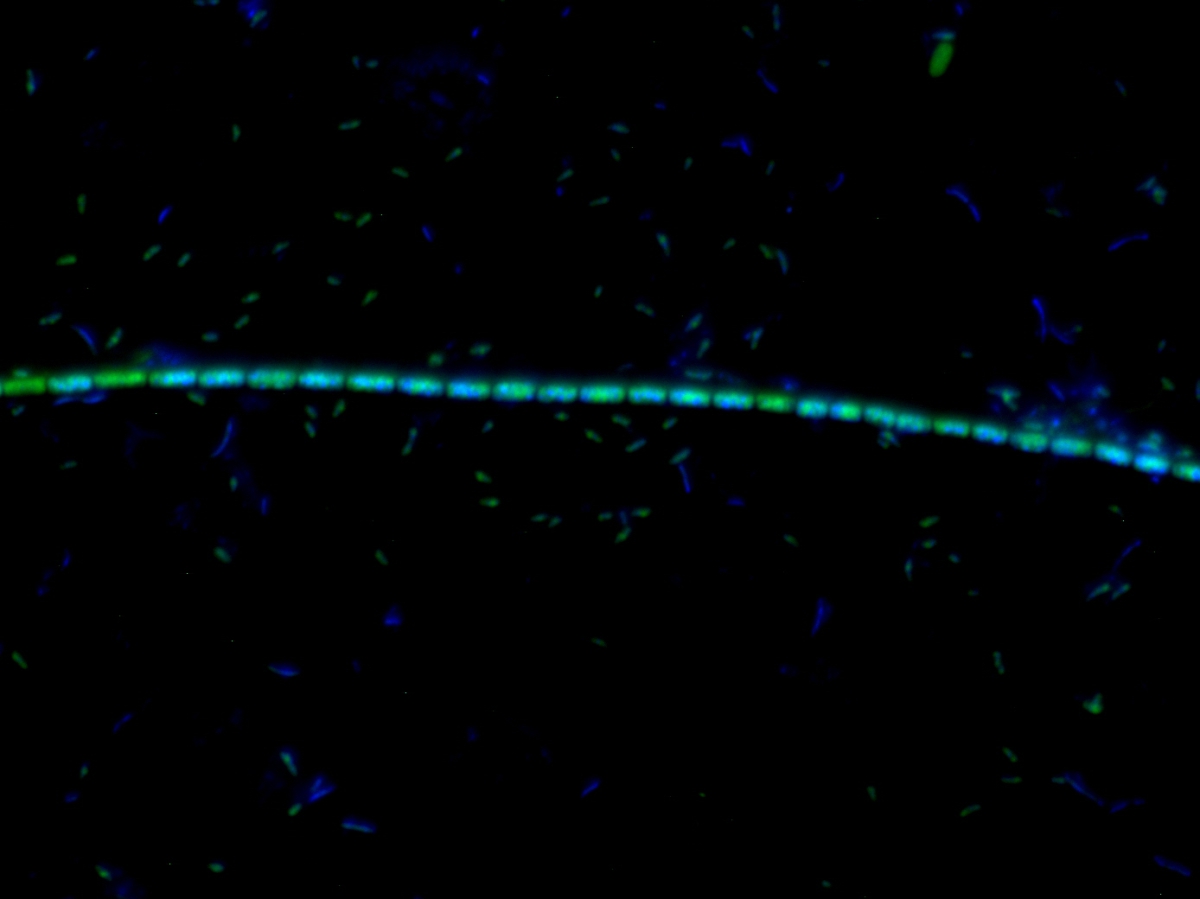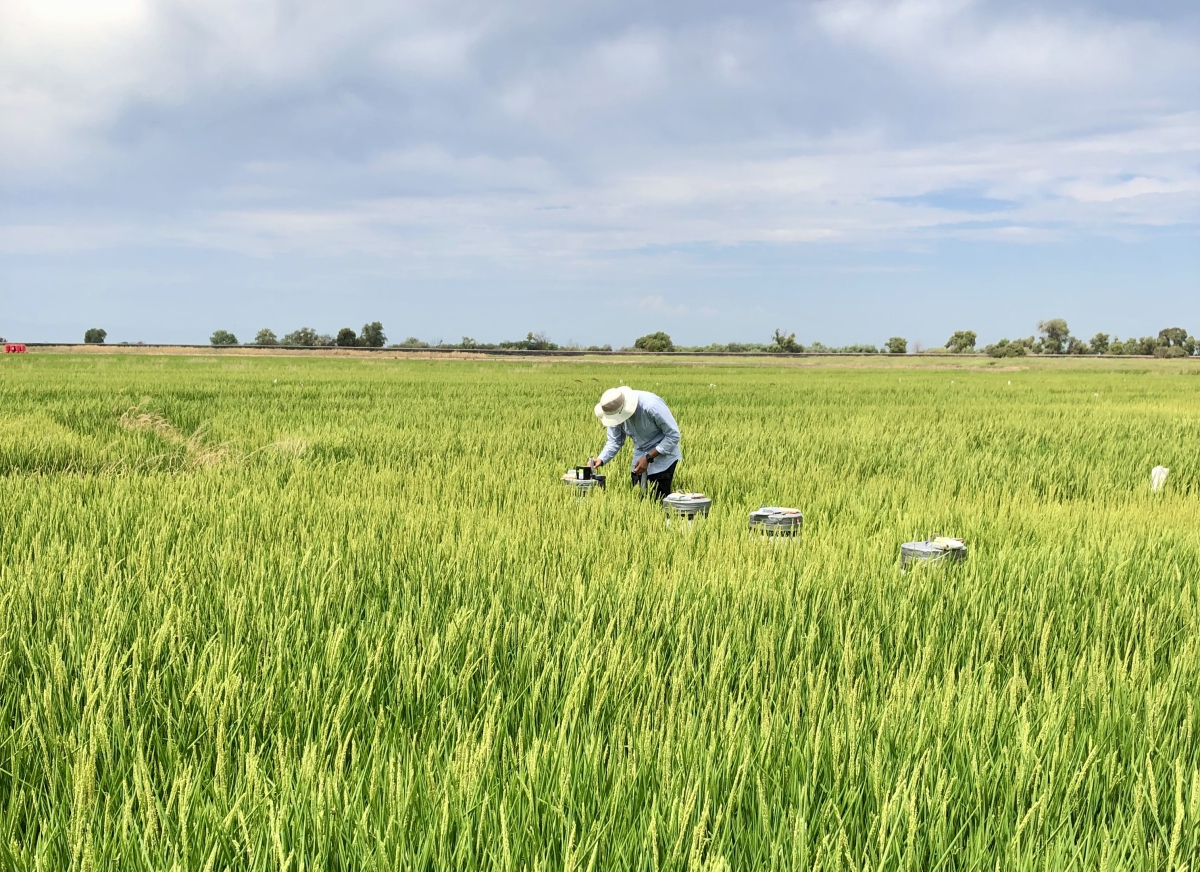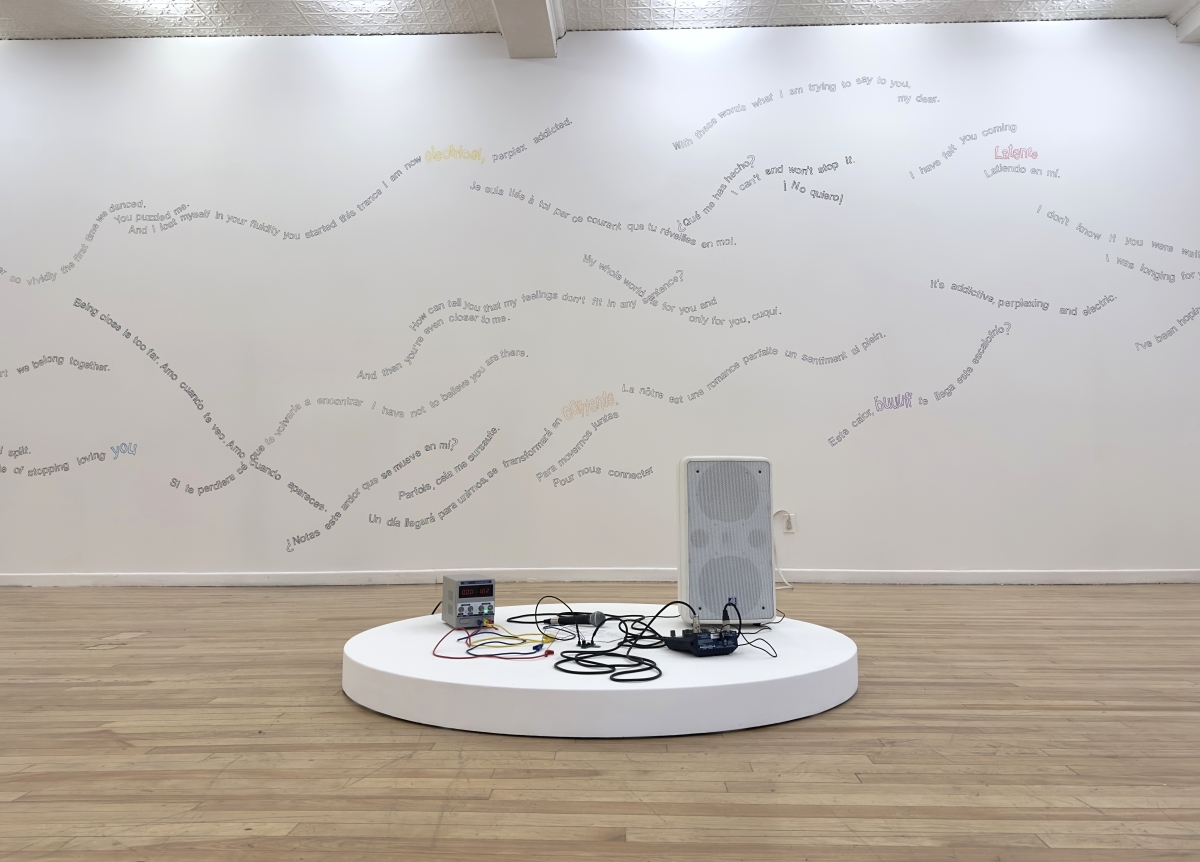
Teamwork in cellular chains
Electricity-conducting bacteria: that sounds like science fiction. But twelve years ago, researchers found microbial chains at the bottom of seas and lakes that can conduct electricity over several centimetres. The most prominent representative ofcable bacteria was preliminarily named Candidatus Electronema. Although the cable bacteria can be detected in nature, they cannot yet be reproduced in the laboratory. This is the first time that the Association for General and Applied Microbiology (VAAM) has named a bacterial species as Microbe of the Year that has yet to be fully described in pure culture.
Cable bacteria form chains up to five centimetres long consisting of tens of thousands of bacterial cells. They are connected by current-conducting protein fibres in their cell envelope. This allows their filamentous multicellular "body" to perform division of labour: while every single cell in our body has to "eat" (oxidise food) and "breathe" (reduce oxygen), cable bacteria divide up this life-sustaining redox reaction. Thousands of cells of each individual cable live in the deeper part of the sediment, where there is plenty of sulphide but no oxygen - this is centimetres away on the sediment surface. Nevertheless, the cable bacteria can oxidise the sulphide to sulphate by transferring the electrons produced in the process to the oxygen at the other end of the cable via the current-conducting fibres. Thanks to their centimetre-long current conductors, cable bacteria can flow electrons from the site of oxidation (in the sediment) to the oxygen (on the sediment surface) - and are thus the only organisms that consume the sulphide in a zone where there is no oxygen (and no nitrate): a major advantage over competing microorganisms.

Reducing pollutants and greenhouse gases
Cable bacteria not only produce sulphate in the sediment, but also provide a kind of extension cable as an indirect connection to oxygen at the sediment surface through their current conductors. In this way, they stimulate microbial activities that are otherwise only possible with oxygen and populations that would not be able to live there.
For example, cable bacteria are often found in waters that are contaminated with hydrocarbons - for example after petrol or oil pollution. The activity of cable bacteria can significantly boost the degradation of pollutants: they increase the degradation of aromatic hydrocarbons and organic matter in the sediments of over-fertilised lakes. There are already ideas to use cable bacteria for bioremediation of contaminated sites. For example, the effect of the cable bacteria can be specifically stimulated by electrodes in the sediment.
Cable bacteria could also help to reduce greenhouse gase emissions. A large amount of climate-damaging methane is produced in flooded rice fields every year. Cable bacteria live in the root area of rice plants and can reduce methane production there.
Greenhouse experiments show that adding Candidatus Electronema to the soil with rice plants reduces methane emissions by over 90 percent. The bacteria presumably tap into the oxygen supply of the rice root. In this way, the cable bacteria enable the continuous recycling of sulphate in the soil. This prevents the formation of methane. The aim now is to find out how cable bacteria can be specifically stimulated in rice cultivation or in wetlands, for example, in order to reduce methane emissions.

Organic cable instead of electronic waste?
The electric conduction in the protein fibres of the cable bacteria is similar to that of a metallic cable. This makes them extremely interesting for electronics based on biomaterials. Worldwide, only a fifth of the more than 50 million tonnes of electronic waste produced each year is recycled. Biodegradable conductors could make an important contribution to greater sustainability. The conductive structures of the cable bacteria have already been patented, but the development is still a long way from commercial realisation.
Spanish artist Anna Pasco Bolta is already using the electrical conductivity of cable bacteria in her projects: She uses Canditatus Electronema filaments to connect a microphone and amplifier for her poems read via cable bacteria (https://www.instagram.com/apascobolta/).
Twelve species of cable bacteria have now been described. Like Candidatus Electronema, they cannot be propagated as pure cultures in the laboratory yet, but thanks to precise genome data they are very well characterised. The relatively "new" cable bacteria are not only a sensation microbiologically and biogeochemically, but also in terms of their application potential in environmental and biotechnology.
further information:

